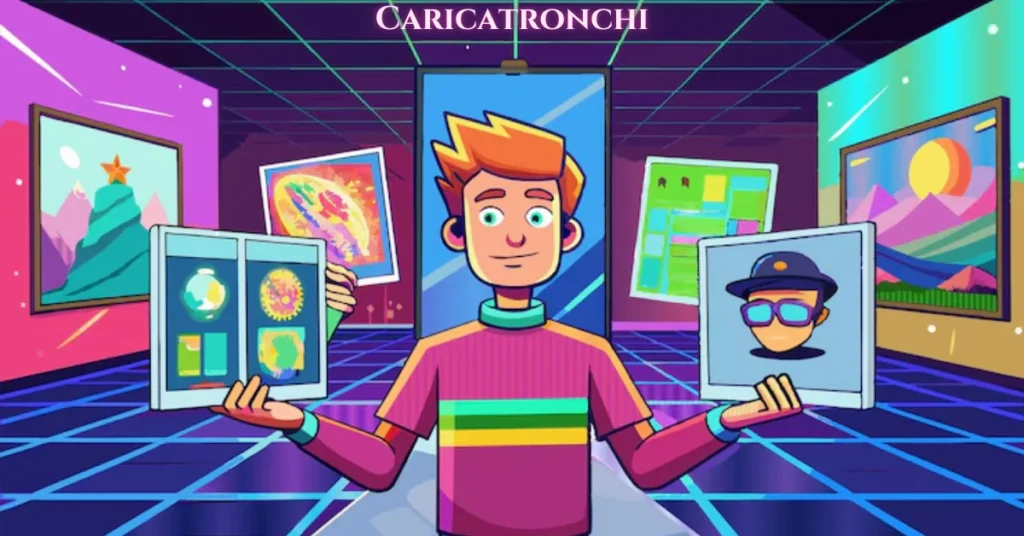A caricature is a rendered image showing the features of its subject in a simplified or exaggerated way through sketching, pencil strokes, or other artistic drawings. Caricatures can be either insulting or complimentary and can serve a political purpose, be drawn solely for entertainment, or for a combination of both.
Origins and Etymology
The term “caricature” originates from the Italian word caricatura, meaning “loaded portrait.” This derives from caricare, which means “to load” or “to exaggerate.” The concept emphasizes the deliberate overemphasis of certain features to convey a particular impression or message.
Caricature in Art
Historically, caricature has been a powerful tool in visual arts, particularly in political and social commentary. Artists like Leonardo da Vinci explored exaggerated features to study human anatomy and expression. In the 18th and 19th centuries, caricatures became prominent in satirical publications, using humor and distortion to critique societal norms and political figures.
Caricature in Literature
In literature, caricature involves the exaggeration of a character’s traits or behaviors to create a humorous or critical effect. Authors may use this technique to highlight particular qualities, often to satirize or critique societal issues. For example, Charles Dickens employed caricature in his portrayal of certain characters to emphasize their moral shortcomings or societal roles.
Modern Applications
Today, caricature extends beyond traditional media. Digital platforms and social media have popularized caricature in memes and animated content. Political cartoons remain a staple in newspapers and online publications, continuing the tradition of using exaggeration for critique and commentary.
Conclusion
Caricature, as an art form, serves as a mirror to society, reflecting and exaggerating its features to provoke thought, entertain, and critique. Its enduring presence across various media underscores its effectiveness in communication and its relevance in cultural discourse.
FAQs about Caricature
1. What is a caricature?
A caricature is a form of visual or literary art that exaggerates specific features or traits of a person, subject, or situation—usually for comic or satirical effect. It’s commonly used in political cartoons and humorous portraits.
2. How is a caricature different from a regular portrait?
While a regular portrait aims to accurately depict a person’s likeness, a caricature intentionally distorts or exaggerates key features—such as a large nose, big eyes, or prominent chin—to emphasize personality traits or humorous aspects.
3. Where are caricatures most commonly used?
Caricatures are commonly found in:
-
Political cartoons
-
Editorials
-
Satirical magazines
-
Event entertainment (live sketch artists)
-
Social media and digital memes
4. Who are some famous caricature artists?
Some notable caricaturists include:
-
James Gillray – One of the earliest and most famous British political cartoonists.
-
Al Hirschfeld – Known for his stylized caricatures of Broadway performers.
-
Honoré Daumier – A French artist famous for his satirical works during the 19th century.
5. Is caricature considered offensive?
It can be—especially when used to ridicule or mock sensitive subjects. While caricatures are often created for humor, they may cross the line into insult if not handled with respect or context. However, many are lighthearted and celebratory in nature.
6. Can I get a caricature of myself?
Yes! Many street artists, online platforms, and apps offer personalized caricature services. These can be done from a photograph or live in person, and are popular for gifts, profile pictures, and event souvenirs.
